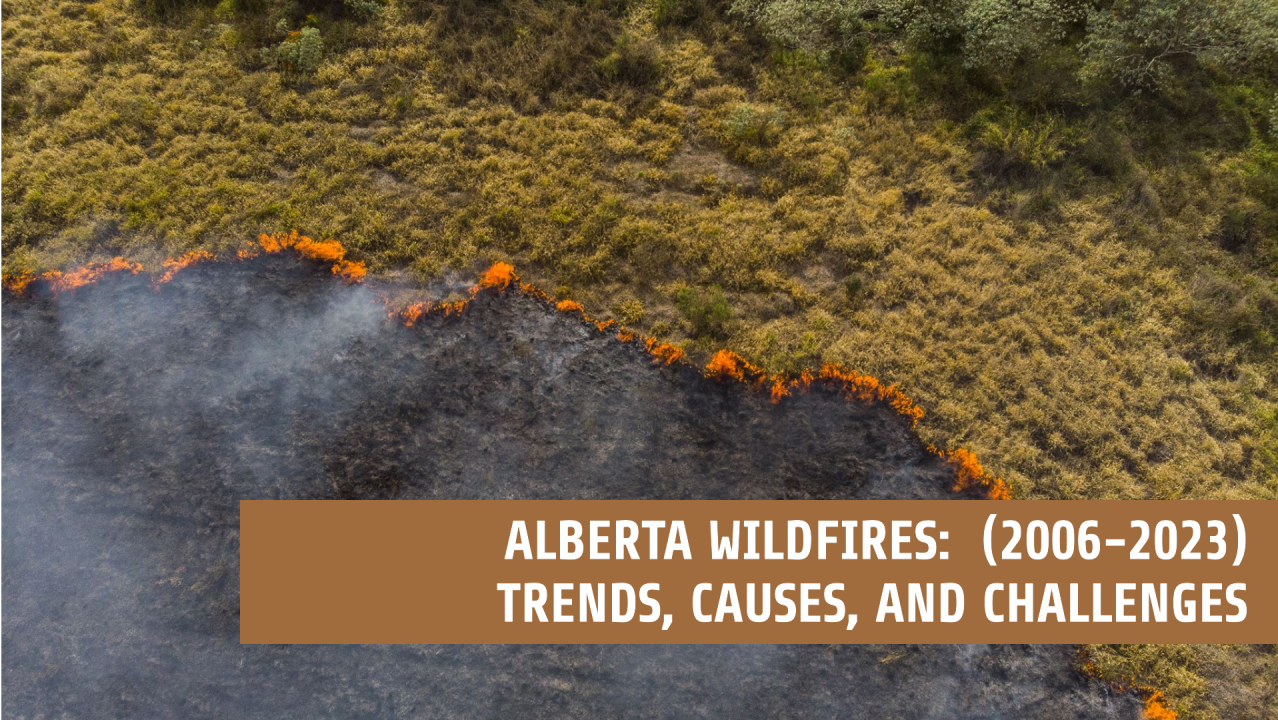Blog

Understanding Fraud Trends in Canada (2021-2024):
A Deep Dive into Solicitation Methods and Victim Demographics
The landscape of fraud and cybercrime is continually evolving, impacting individuals across various age groups and regions in Canada. The data presented in these visualizations offer key insights into how fraud has affected different demographics, the methods used by scammers, and the financial losses associated with these scams.
Below is a summary of these trends, highlighting the patterns seen from 2021 to 2024.
1. Geographic Distribution of Fraud and Cybercrime Losses
Fraud and cybercrime have left no region untouched, but the extent varies significantly across provinces.
A geographic analysis reveals:
These numbers illustrate the concentration of fraud in the most populated areas, where fraudsters can target more victims, especially through digital platforms.
Continue Reading
Alberta Wildfires:
Trends, Causes, and Challenges (2006-2023)
Whereas the number of fires is reducing, the size per fire tends to increase.
During the 17 years on record, Alberta has averaged 1,405 wildfires annually. While the total number of fires is trending down in recent years, this in no way indicates that the intensity of wildfire activity has been reduced. Indeed, fires are getting larger—most notably Classes D and E fires, which are the largest and most destructive. This indeed shows signs that even if the frequency of fires is less, the intensity at which they are striking nowadays has increased. Large fires pose big challenges to firefighting efforts and may result in more environmental and infrastructural damages.
Major Causes of Wildfires: A Look into Human Activity
In fact, over the last five years alone, about 74% of wildfires have been caused by four leading causes: lightning, recreation and other human activities, residential conflagrations, and incendiary incidents. Such a finding underscores the fact that in contemporary life, human involvement has remained, by leaps and bounds, the most leading cause of wildfires. These causes are further supplemented by the increasing number of people in outdoor recreation and swelling residential developments in fire-prone areas, thus necessitating immediate consideration. To mitigate these causes, two approaches have to be made—one related to better public education in firefighting, and the other in taking stronger preventive measures in regions vulnerable to fires.
Alberta has been experiencing remarkable changes in wildfires over the past twenty years. As the intensity due to climate ...